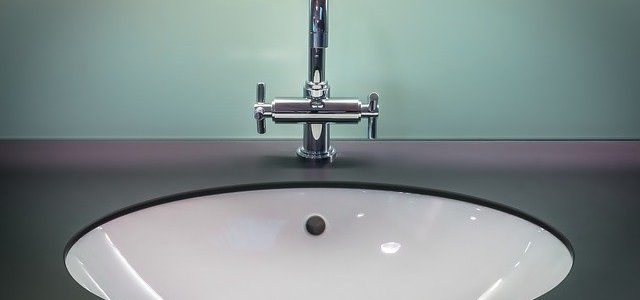One of the big differences that you can find in carbon a stainless steel is found in the start of the metal processes crucial or needed to create these metal steels. All steels should start with the basic manufacturing process. The different materials needed to create and manufacture these steels are being added in different points of the steel manufacturing process to create the steel that is needed for a certain type of electronics enclosure or box.
One of the starting point or the start of the steel manufacturing process involves the melting of an iron ore or it includes the processes of extracting the iron, also it involves the removal of the excess carbon and other impurities that can be found in the raw steel material. After this, the process will now include wide variety of different finishing processes to be able to create and manufacture a strong, attractive, and flexible material.
The usual steel making manufacturing process works like this:
The iron ore, limestone, or coal and other materials needed for steel making are then poured on the top of the blasted surface with superheated temperature. Then, the molten iron is now being collected at the bottom while the other impurities is being gathered from the top of the slag that is being drained off.
During the initial steelmaking stage, the melted iron is now being purified and combined with other scrap steel that utilizes these one of two processes:
A basic oxygen furnace is being utilized, this is where a high-purified oxygen is being blown inside the steel mixture of the molten iron and steel to be able to burn the impurities that are found in iron. This basic oxygen steelmaking is now considered to be one of the most popular method when it comes to steel manufacturing.
Also, there are electric arc furnaces in which there is a humongous graphite electrodes to be able to melt down the iron and remove its impurities, at this point a scrap steel is being added to the steel mixture.
The next stage involves secondary steelmaking, in which raw molten steel is being purified or being manipulated just by using a wide variety of good techniques that usually involves a ladle – a big mechanical device involved in the manipulation of steel. At this point, the process includes important procedures that creates different types of metal steel. One of the examples is argon-oxygen decarbonization, a very complicated steel manufacturing process technique that involves removal of the excess carbon steel found in stainless steel.
After the mentioned process, the purified steel is now being created. It is now time for the primary forming. Included in this step is the steel that is being poured in different shapes and sizes of mold that creates different forms of steel – depending on its application. As an example, this include the bars, beams, sheets, and other forms of metal sheets.
The final step of the steel manufacturing process is the finishing or what we call the secondary forming process. In this process, the metal steel achieves its final form.
This now involves processes like welding, machining, or galvanizing that forms the steel into usable forms where companies creates their products to help us have a better world around us.
One of the most amazing things about steel making is how different the alloying techniques can effectively create different types of steel that are well-suited for different types of applications.


